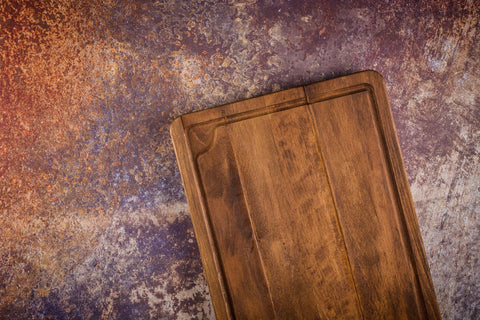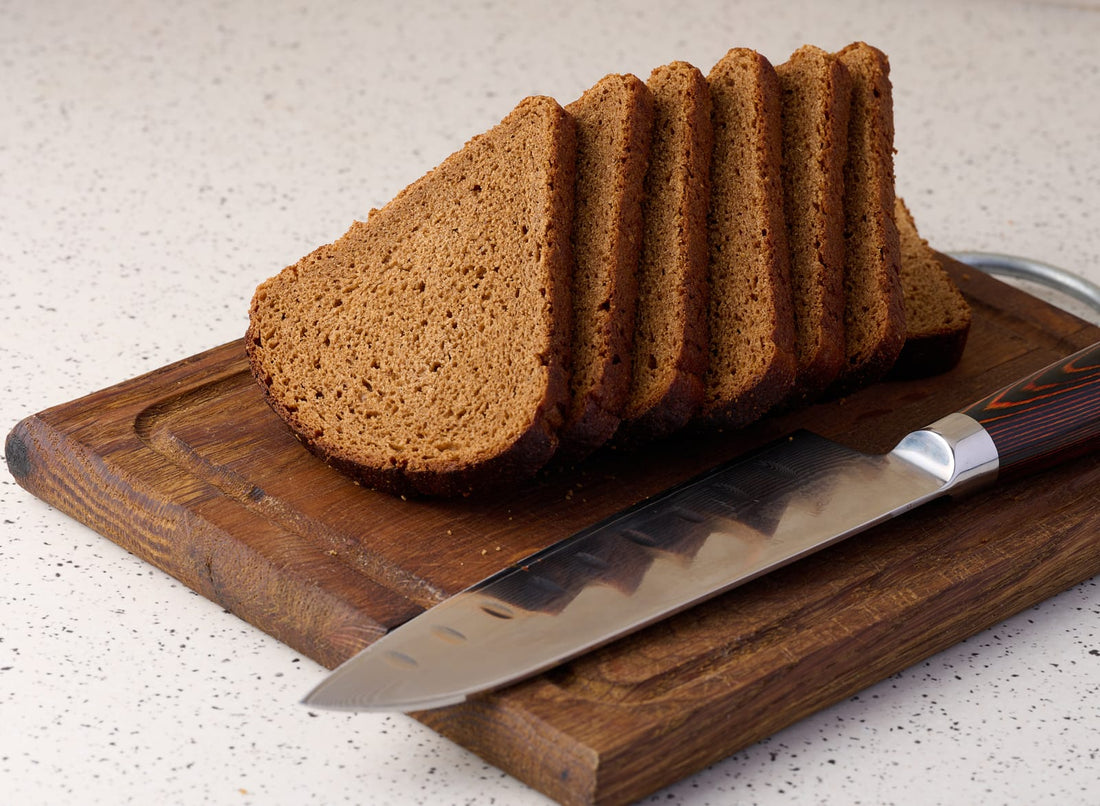An end grain cutting board features the ends of wood fibers on its surface, creating a durable and knife-friendly cutting area. It showcases a checkered pattern formed by the wood’s growth rings.
End grain cutting boards have risen in popularity among both professional chefs and home cooks for their strength and self-healing properties. Constructed from the end sections of lumber, these boards are known for their resistance to cuts and scratches, as the wood fibers can close back up after the knife's edge goes through them.
This characteristic helps to maintain the sharpness of knives over time, reducing the frequency of sharpening. They also minimize wear on the board itself, extending its lifespan. With a unique visual appeal, end grain boards add an aesthetic touch to any kitchen while offering practical benefits during food preparation. Opting for an end grain cutting board means investing in quality that withstands the rigors of daily kitchen use.
Benefits Of End Grain Cutting Boards
End Grain Cutting Boards are highly durable. Their surface is made up of wood fibers. These fibers absorb the impact of knife blades. This means the board self-heals and shows fewer cuts. A regular cutting board does not do this.
Knife Friendliness is another key benefit. Knives stay sharp longer, as the end grain reduces blade dulling. This is like a bed of bristles that bend away when the knife strikes. Sharp knives and a lasting board make for a great kitchen combo.

Best Woods For End Grain Cutting Boards
Maple is a top choice for end grain cutting boards. It is hard and durable. Its light color and subtle grain pattern bring beauty to the kitchen. Many chefs love maple because it is tough on wear but gentle on knife blades. Maintenance for maple boards is simple with regular oiling.
Cherry stands out for its rich, reddish hue and fine grain. It is slightly softer than maple, which means it's kind to knives. Its color deepens with age, making it more attractive over time. Cherry boards offer a perfect balance of form and function.
Walnut brings a dark, elegant look with its deep chocolate tones. It's softer than maple but still very strong. Knives leave fewer marks on walnut boards. They have natural antibacterial properties. Walnut is excellent for a striking, durable end grain cutting board.
Maintenance And Care
Proper maintenance ensures a long life for an end grain cutting board.
Cleaning:
Always clean your board after use. Use warm, soapy water and a soft sponge. Avoid soaking it in water. Let it dry completely before storing.
Oil Treatment:
Oil treatment is crucial for preventing cracks and splits. Use food-grade mineral oil. Apply a generous amount on the surface. Rub the oil in with a cloth. Do this monthly or as needed to maintain its finish.
Comparison Between Other Cutting Boards
End Grain vs. Edge Grain Cutting Boards:
End grain cutting boards are known for their durability and ability to keep knives sharp, making them ideal for heavy-duty chopping and slicing. Edge grain cutting boards, on the other hand, are more affordable and easier to maintain, suitable for light to moderate use.
End Grain vs. Plastic Cutting Boards
End grain cutting boards are gentler on knife blades and have natural antibacterial properties, whereas plastic cutting boards are more lightweight and dishwasher-safe, but can harbor more bacteria if not properly cleaned.
Frequently Asked Questions
Why Choose End Grain Over Other Boards?
End grain boards are gentle on knives and resist cuts. They're durable and have a unique, attractive pattern, making them popular among chefs.
How Do You Maintain End Grain Boards?
To maintain an end grain board, regularly oil it with a food-grade mineral oil. Clean with soapy water but never soak it or use a dishwasher.
Can End Grain Boards Handle Heavy Use?
Yes, end grain cutting boards are designed for heavy use. They withstand repetitive chopping better than other types of cutting boards.
Conclusion
Crafting meals in your kitchen is both an art and a science. Thus, an end grain cutting board isn't just a surface; it represents your commitment to quality. By choosing one, you ensure durability, knife care, and a touch of elegance for your culinary creations.
Embrace the fusion of functionality and style with an end grain board at the heart of your kitchen.

